Bearing the mention "DISDERI Phg" on the front and a handwritten mention on the back "Monsieur Chaine, father of Mme Maxime des Courtis"
24 x 20 cm (at sight) 38.5 x 34, 5 cm (frame)
Under glass in a wooden frame and gilded stucco
Eugène DISDERI (1819-1889) French photographer
He began by exercising several professions but it was in 1846 that he worked in a photography establishment with his wife. After their separation, he moved to Nîmes, opened his own studio and officially became a photographer. He begins to work on the technique of wet collodion and waxed paper. In 1854, he returned to Paris and opened his studio which would become one of the most important of its time. He then developed a camera which, associated with collodion, made it possible to take several shots on the same board. He filed the patent the same year for the "portrait-card" or 6 images on a board in the format of a business card. It was then a big commercial success, compared to the daguerreotype, the cost was low and the multiplicity seduced the public and made it possible to begin to democratize the photo portrait mainly in the upper echelons of society. After a bankruptcy in 1856, he resumed practicing three years later and gained immense popularity when Napoleon III came to have his portrait taken at his home. Everyone wants to do the same and to meet the demands, he opens several studios. He then became the Empire's official photographer. In 1862, he published the art of photography, a treatise on the subject by comparing photography and painting. In 1873, his activity declined and his way of life eventually led to loss. He died in 1889 totally ruined.


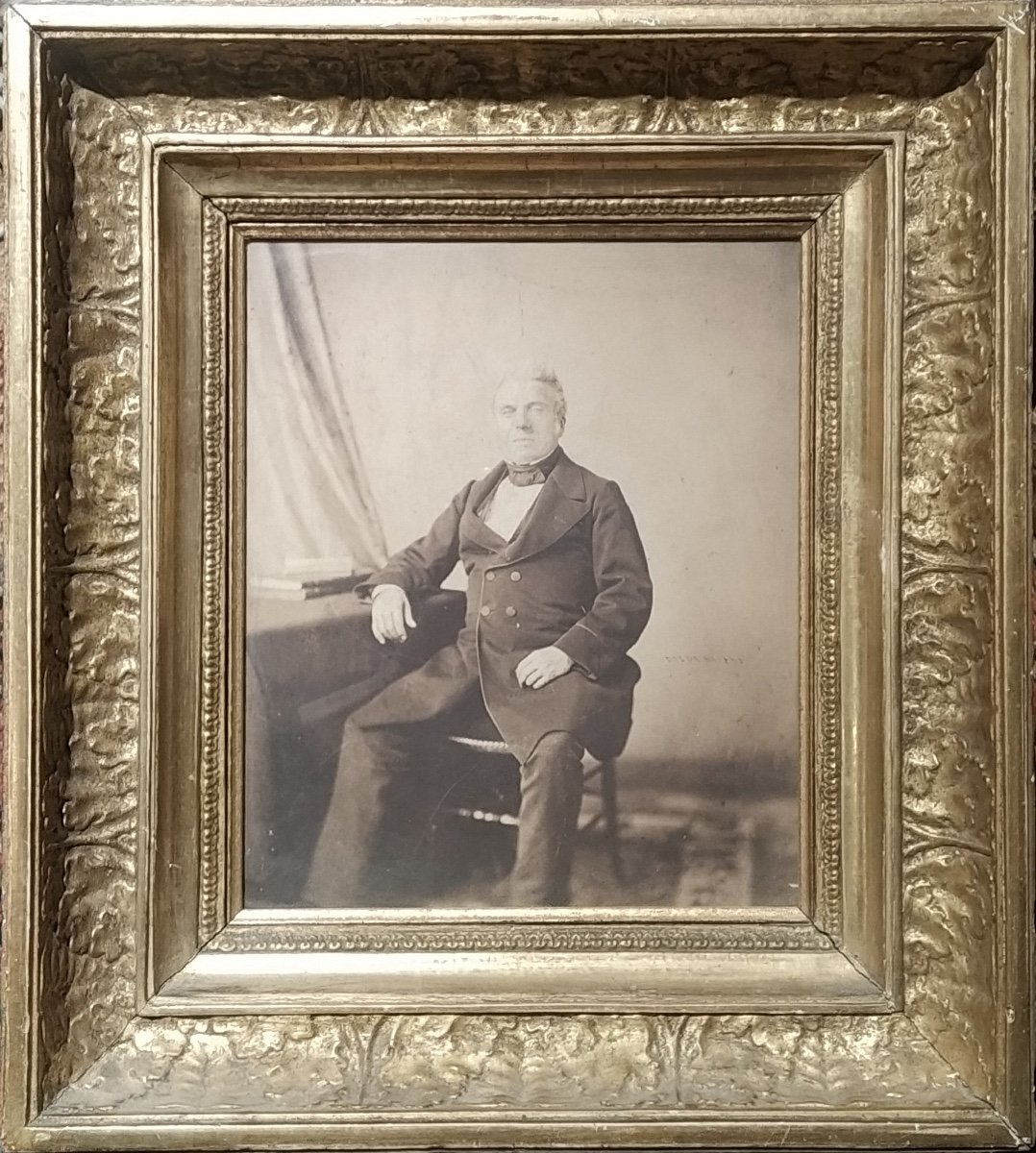














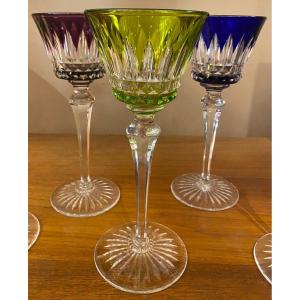

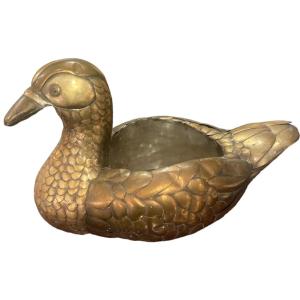

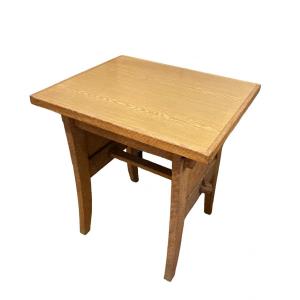


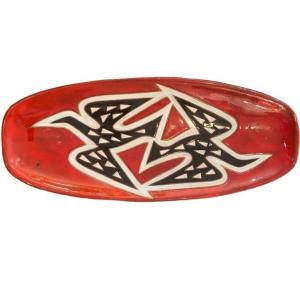

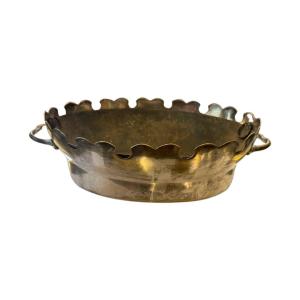
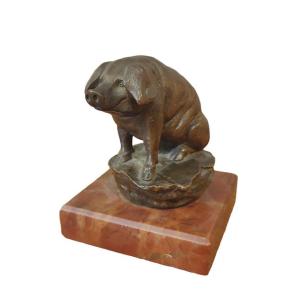
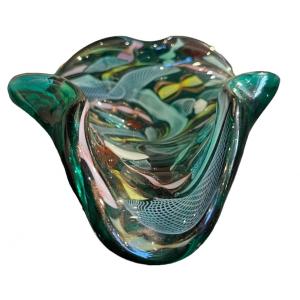









 Le Magazine de PROANTIC
Le Magazine de PROANTIC TRÉSORS Magazine
TRÉSORS Magazine Rivista Artiquariato
Rivista Artiquariato